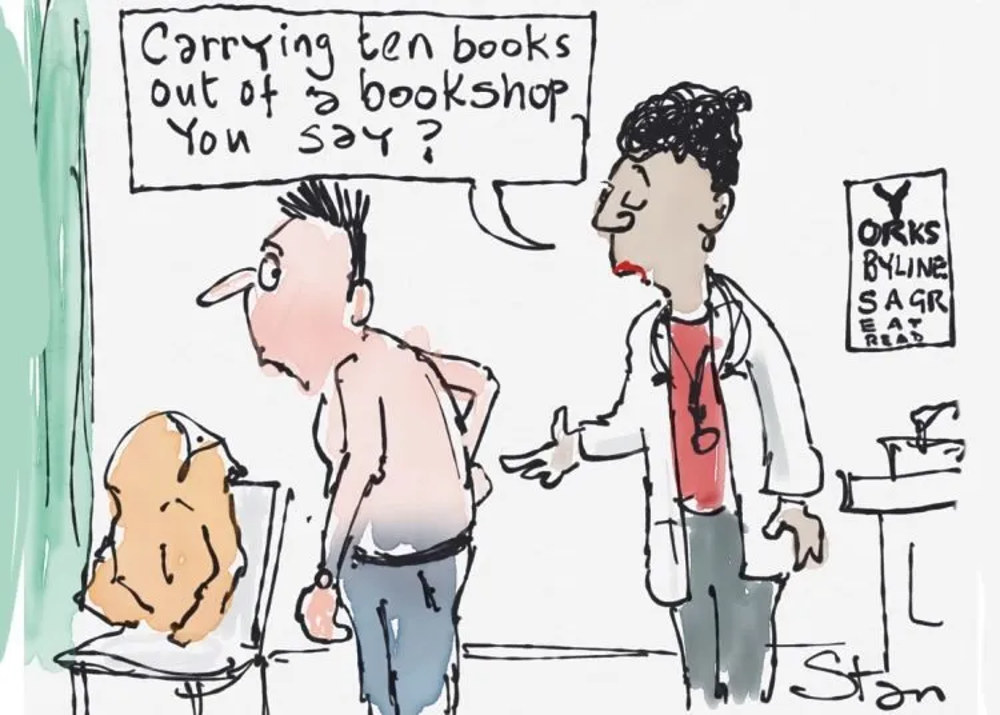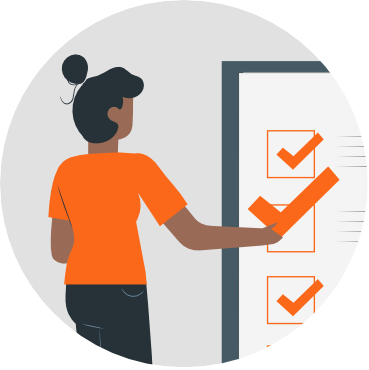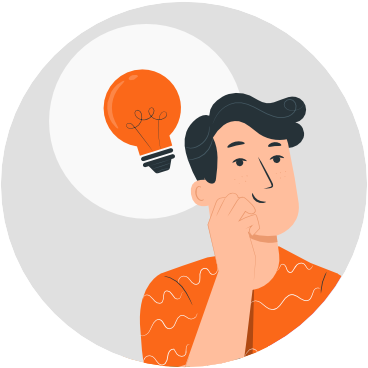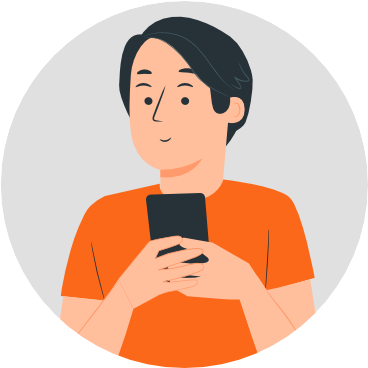Ten books to help you beat your pain
16th November 2023 | Tim Atkinson
Persistent pain is a big problem: 28 million adults in the UK (1.5 billion worldwide) have chronic, or persistent, pain and over five million prescriptions for opioids are issued in the UK each year. The NHS spends over £400mn annually on painkillers and a further £5bn is paid for over-the-counter remedies. But drugs themselves can be part of the problem and knowing about pain, how it’s caused and what can be done to help relieve it can help kick-start a journey of pain self-management.
I suffer from inflammatory arthritis and have been in constant pain for over 20 years. Like most people, for most of that time, I’ve expected someone or something to take the pain away. And I’m still waiting.
But knowledge is power. There’s nothing worse than feeling helpless in the face of pain and the more I’ve begun to understand my own pain the less it hurts. My brain, it seems, had ‘learned’ to feel pain, and knowing that allowed me to start unlearning it, too. In fact, it’s possible to train your mind to do what pain-killing drugs do all the time, making the unbearable bearable, or even invisible. Knowing you don’t need drugs to do that, knowing you can do it for yourself, is hugely empowering.
Here are just some of the books that can help you do just that.
1. The Painful Truth: The New Science of Why We Hurt and How We Can Heal, by Monty Lyman (Penguin, 2022)
Monty Lyman is a doctor and research fellow at the University of Oxford. More importantly, he has lived experience of chronic pain. Adding clinical validation to his intuitive conclusions on the cause and nature of his own pain leads both to an epiphany, and recovery. Lyman’s book is a vivid and readable introduction to the latest pain science, and a valuable self-help guide. It also tells the story of his own recovery and, after all, who doesn’t love a good story?
2. Hurts So Good: The Science and Culture of Pain on Purpose, by Leigh Cowart (PublicAffairs, 2021)
Some 22% of men and 12% of women, according to the Kinsey Institute, actually enjoy pain. And if you’re after a book on the weird and wonderful world of pain-as-pleasure, this is it.
But it’s not all kinks and fetishes. Cowart investigates the science of pain in an attempt to understand it better, concluding that pain isn’t the binary on/off, good/bad alarm system so many of us believe. And whatever our attitude to bedroom BDSM, we’re all used to pain as a means to an end, whether it’s “feeling the burn” in the gym or learning the painful truth that angry wasps are best avoided.
Ultimately, pain is useful: without it, we’d die. But it needs to be kept under control and then, who knows? You might actually start to enjoy it!
3. The Way Out: The Revolutionary, Scientifically Proven Approach to Heal Chronic Pain, by Alan Gordon (Vermilion, 2021)
Alan Gordon suffered chronic pain for years, eventually developing what he calls ‘Pain Reprocessing Therapy’ as an experimental cure. Founder and director of California’s Pain Psychology Center, Gordon treats 15,000 patients a year using psychological techniques that rewire the brain’s neural circuits, turning down or even turning off pain signals – a technique he describes in the book using examples from both his own life and the experience of his patients.
Studies have shown that the techniques Gordon devised helped almost all patients significantly reduce their pain, with many managing to become completely free of chronic pain. This inspirational book really is a game changer.
4. Pain: A Ladybird Expert Book (The Ladybird Expert Series, 39), by Professor Irene Tracey (Michael Joseph, 2020)
The so-called ‘Queen of Pain’ Professor Irene Tracey is probably the world’s leading academic pain scientist. Having been warden of Merton College and head of the Nuffield Department of Clinical Neurosciences, Tracey is now vice-chancellor of Oxford University.
But here she wears her learning lightly, distilling her expertise to perfection in this lovely little Ladybird book, all presented in the traditional, one-page text then full-page colour illustration format that’s so nostalgic for anyone of a certain age. The book is bright and entertaining, as well as subtly educational, just as those original Ladybird books always used to be.
5. Pain is Really Strange, by Steve Haines, art by Sophie Standing, (Singing Dragon, 2015)
And talking of pictures, they’re worth a thousand words (so the song says), in which case this comic-book style of explanation is ideal for getting your head around … your head! The fact is that most brain science involves quite complex neurological discoveries, so having them explained pictorially can be a huge advantage. Seeing is believing, after all, and this detailed and engaging guide to the mysteries of pain science is the key to understanding that what we feel is so much more than the sum of our bodily sensations.
6. Chronic Pain: The Drug-Free Way, by Phil Sizer (Sheldon Press, 2019)
Sizer is lead trainer for Pain Association Scotland, specialising in the self-management of chronic pain. His approach draws on what he describes as a “happy mishmash of ideas drawn from psychotherapy, philosophy, positive psychology” and more, and his book distils the essence of over 20 years of successful 1:1 clinical interventions. And with chapters like “punk pain management”, references to “emotional Gore-Tex” and “the pants cycle”, you can tell that it’s going to be an entertaining and accessible, as well as immensely practical ride.
7. The Pain-Free Mindset: 7 Steps to Taking Control and Overcoming Chronic Pain, by Dr Deepak Ravindran (Vermilion, 2021)
Drawing on 20 years of clinical experience, Ravindran starts with some stark statistics: 1 in 4 surgeries will fail to relieve pain; so-called pain “killers” rarely kill pain, despite millions of annual prescriptions. But there is a solution. It’s changing your “M-I-N-D-S-E-T”, which means understanding how medication, interventions, neuroscience, drugs, sleep, exercise and therapies can combine to form a powerful tool to help manage chronic pain. Full of practical advice embedded in a number of real-life, clinical examples.
8. Ouch!: Why Pain Hurts, and Why it Doesn’t Have To, by Margee Kerr and Linda Rodriguez McRobbie (Bloomsbury, 2021)
This mammoth undertaking tries (and mostly succeeds) to cover almost everything, from the latest neuroscience to the different cultural attitudes to pain, and all in a style that is friendly and anecdotal, even if at times it can be a little jargon-y. Scientific accuracy lends credibility but it can occasionally come at the expense of excluding large chunks of your potential audience.
“Interoceptive sensibility”, anyone? Is that “mindfulness” by another name, by any chance? Yes, and in an otherwise useful chapter on pain awareness and catastrophising, it’s worth pushing through the language barrier, because this book really does have a lot to say.
9. The Chronic Pain Couple, by Karra Eloff (Exisle, 2022)
Any illness, and chronic pain in particular, can lead to strain in a relationship. Which is precisely where Karra Eloff’s new book comes in. Drawing on the latest research as well as her own experience (the author suffers from spondylarthritis), Eloff has written a book that promises to put the joy back into relationships “embattled and exhausted” by one partner’s pain.
By taking a series of small, practical steps, she argues, you can turn the dial on a relationship, making big changes that require only minimal energy. And the tips in each section are exactly what she promises: practical, doable and ‘low-energy’, which means they don’t use up many of your valuable energetic resources.
10. Painful Yarns, by G. Lorimer Moseley (NOI Group, 2012)
Last, but by no means least, comes one of the first books by someone whose name is now synonymous worldwide with public health campaigns designed to educate and inform pain professionals as well as entertain, inspire and empower pain patients. Find out how a near-fatal snake bite led to one of Professor Moseley’s most profound discoveries as well as what Nigel’s Skoda Supersport 110 has to do with pain, and laugh as you learn. A fabulous book from a fabulous man!
Tim Atkinson is the author of Where Does It Hurt?: A Memoir of Life With Chronic Pain, published by Dotterel Press

 What is self management?
What is self management? Using our resources
Using our resources About us
About us Always trusted, always free
Always trusted, always free Explore our resources
Explore our resources Ten Footsteps programme
Ten Footsteps programme Professional tools
Professional tools Training for practitioners
Training for practitioners Our newsletter
Our newsletter Inspire – our blog
Inspire – our blog